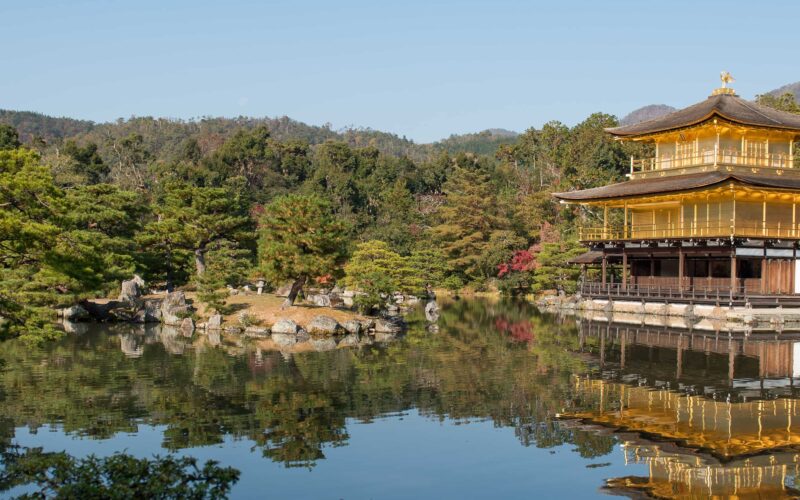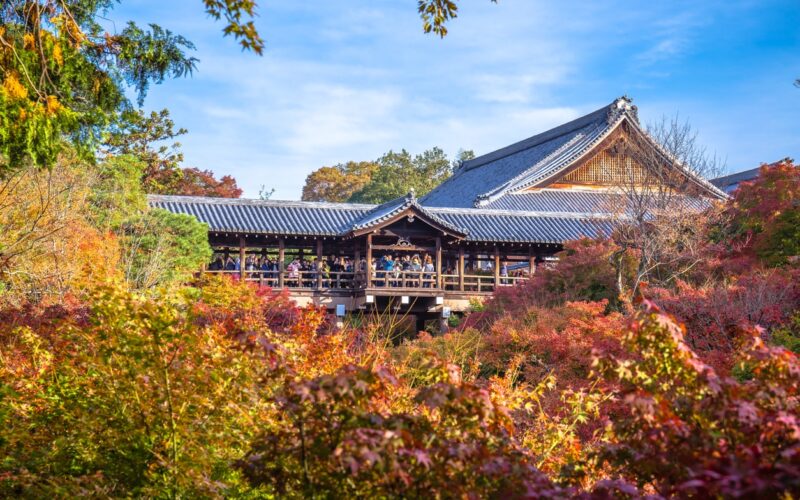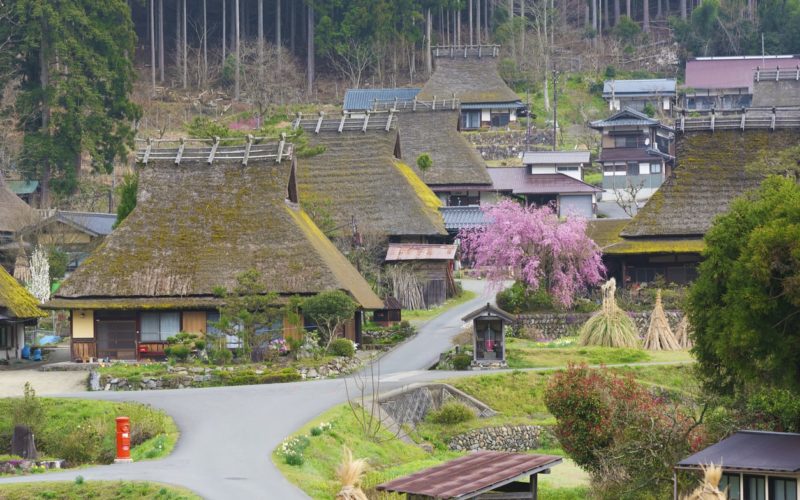5 Famous Foods You’ll Find in Kyoto
The exquisite art of simple food.
The perks of being the emperor’s home for almost 400 years continue today in Kyoto’s rich food culture. Here are some highlights of Kyoto’s ever-evolving ancient cuisine.
1) Yudofu (Boiled tofu)
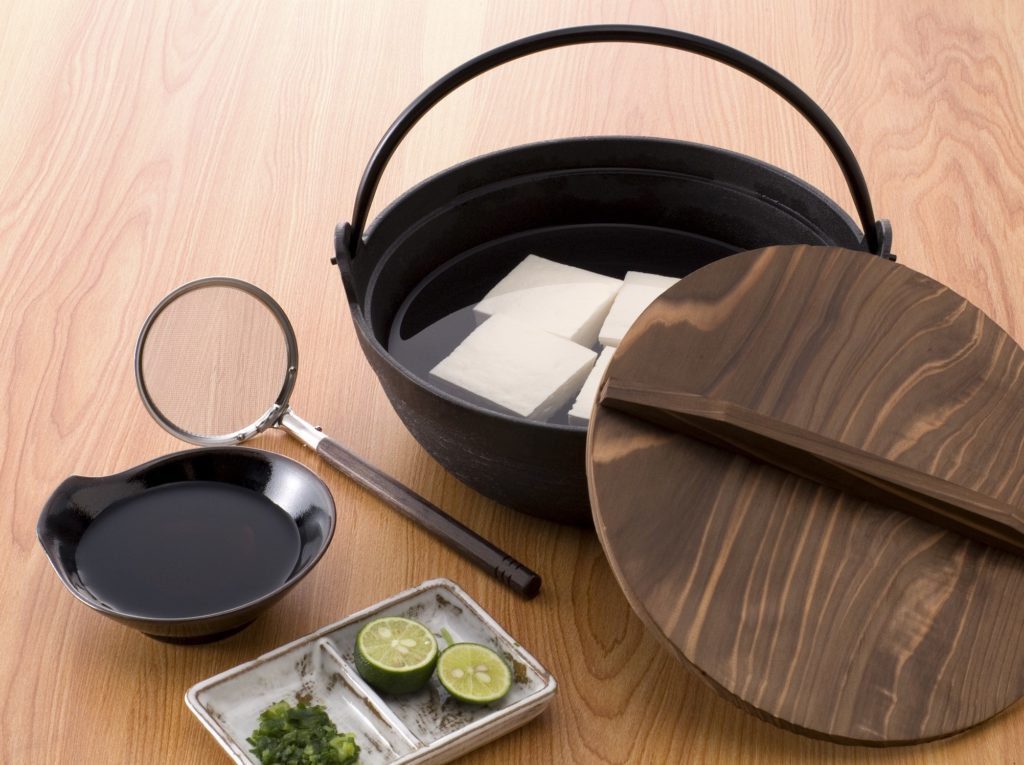
Japanese-style yudofu.
Perhaps no dish symbolizes Kyoto better than yudofu. It is made with just tofu, water, kelp and a dipping sauce. The kelp is laid on the bottom of a stewpot to which tofu and water are then added and heated. One scoops the tofu out and eats it together with the dipping sauce, which is usually the ponzu soy sauce-based vinaigrette.
Yudofu was born in Kyoto out of shojin ryori, which is the vegetarian cuisine originally derived from the dietary restrictions of Buddhist monks. Specialty yudofu restaurants were founded near the Nanzenji temple around 1635 and some are still there today.
2) Hamo (Conger eel)
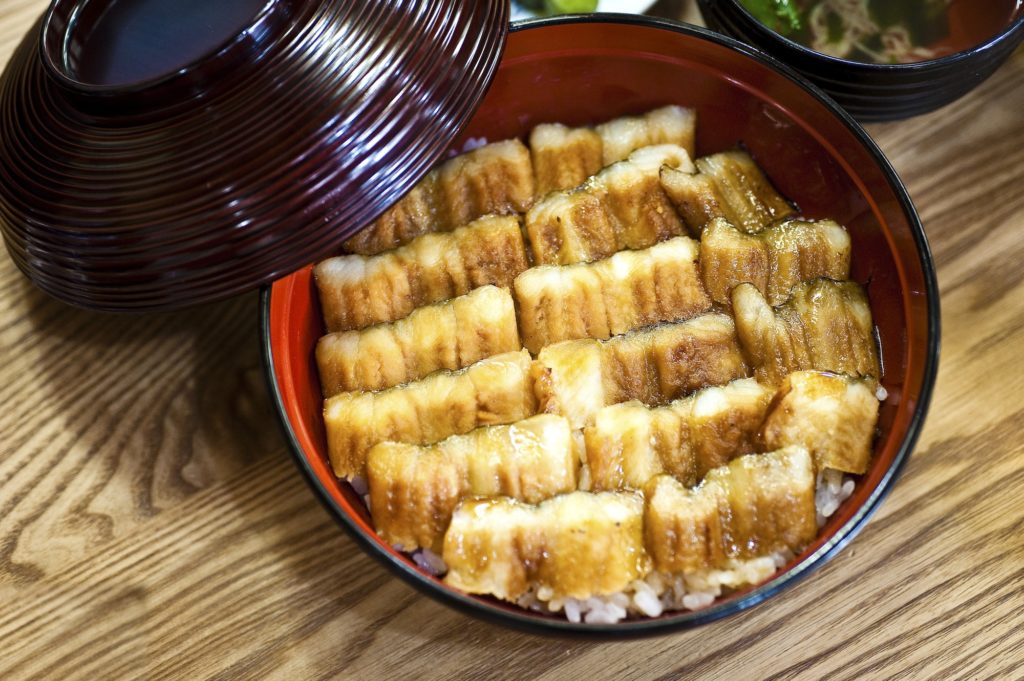
Conger eel rice bowl, baked with a sauce, put on rice and eat.
The spikey-toothed hamo (conger eel) is not an easy character to deal with. Small bones run along the length of its slender body. To make it edible, chefs place half-cuts into the filleted flesh – 24 cuts within each three-centimeter span. Hamo can be boiled or grilled, deep fried, even served as shabu-shabu or in a nabe stew. Cold, boiled hamo served with a tart ume (plum) sauce is particularly popular in summer
The eel’s nature is as fierce as its teeth and hamo have been known to bite the finger of an unwary chef even after it has had its throat cut. It is this strong life force that has made hamo a part of Kyoto’s culture – it was strong enough to last the long, slow journey to the land-locked city back in its heyday.
3) Tsukemono (Japanese pickles)
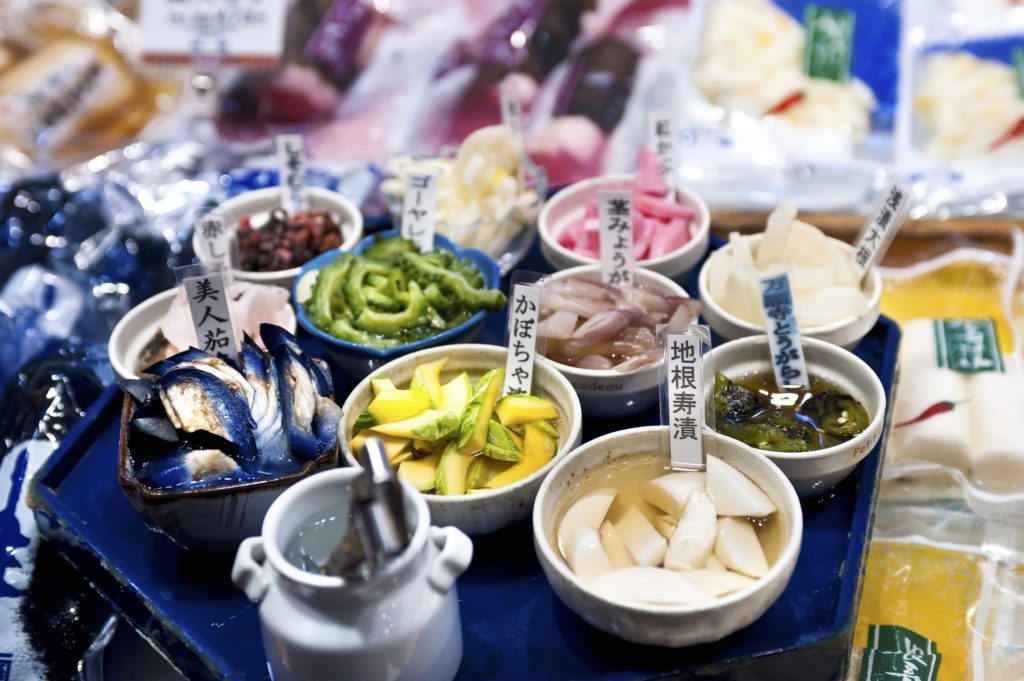
Pickles at Nishiki Market, a famous spot in Kyoto.
Long, long before the first refrigerator was created, Japan was preserving its vegetables by pickling them in salt. When Kyoto became the nation’s capital in 794, various items from all over Japan began to be brought to Kyoto and the imperial court. Local artisans worked to further enhance these products, thus creating a broad range of Kyoto crafts, one of which is tsukemono.
Three types of pickles are considered to be Kyoto’s leading tsukemono: shibazuke, senmaizuke and sugizuke. Shibazuke is a tangy and crunchy mix of chopped cucumber and eggplant which is pickled along with red shiso (perilla, or beefsteak plant). The shiso dyes the ingredients magenta.
Senmaizuke literally means the “thousand sheet pickle.” Big, round Shogoin turnips are cut into slices just one millimeter thick and pickled together with konbu kelp. Sugukizuke uses a different kind of turnip called sugukina. The production of this small-headed, long-leafed turnip has been strictly controlled for well over a century – confined to an area around Kamigamo Shrine. The fermentation process mellows the vegetable’s natural sourness to a refreshing tartness.
4) Matcha
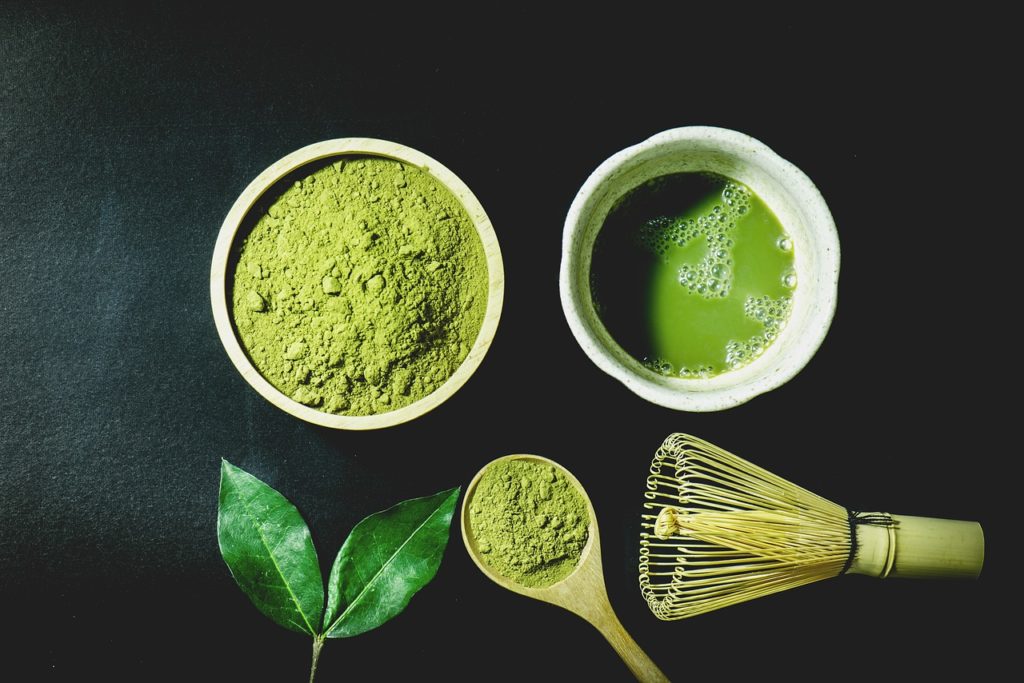
Matcha time!
As the home of the tea ceremony, Kyoto is a great place to try matcha. Many tea houses within temple grounds, or in tourist areas, can serve you with a bowl of the frothy green tea – with or without the ceremony. Matcha is the highest grade of Japanese green tea. It is made from tea leaves grown under special conditions, followed by similarly careful drying and grinding processes that heighten its color, flavor, aroma and nutritional content. All of this makes drinking matcha a sensual experience.
Matcha is also delicious in the many modern guises that it can be found in around Kyoto, such as soft-serve ice-cream, cake, cookies and crackers.
5) Yatsuhashi
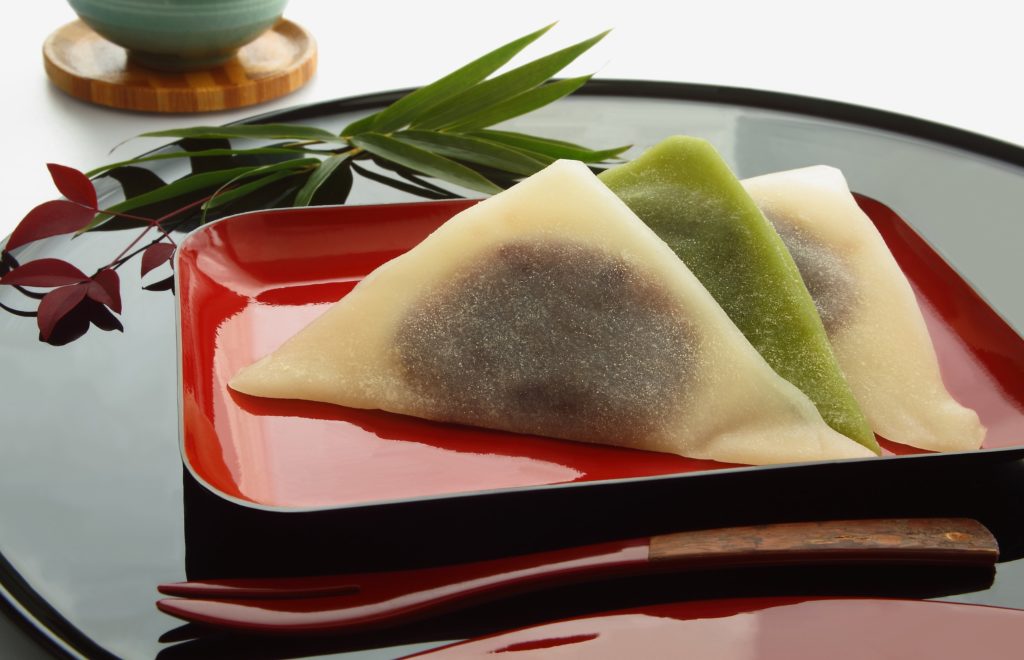
Type of sweet made with red bean paste (local delicacy in Kyoto, Japan); cinnamon-seasoned steamed dough made from ground rice.
Yatsuhashi is the most popular souvenir sweet among visitors to Kyoto. It is made from rice flour, sugar and the Japanese cinnamon called nikki. The mixture is steamed, spread into a thin, half-pipe shape and baked to create crisp, slightly hard cookies that look like small brown roof tiles. This type of yatsuhashi has been around since 1689.
In the 1960s, a new, “raw” version, called nama-yatsuhashi was created. For this type, the mixture is not baked. The soft dough is cut into a square and folded triangularly over sweet bean paste. As well as the original cinnamon flavor, there are also matcha and sesame ones, and more modern creations such as chocolate and banana. For those not keen on bean paste – no matter how it’s flavored – you can also buy just the skins.
Topics: Famous Food in Japan, food and drink, green tea, kyoto
